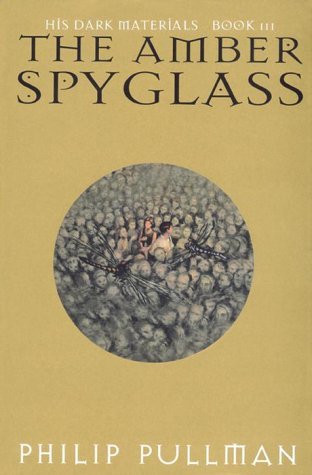
The Amber Spyglass by Philip Pullman
Genre: Preteen Fantasy Fiction
Published in 2000
Recommended Age Group: 9 and Up
Summary: The Amber Spyglass is the third book in the His Dark Materials trilogy that began with The Golden Compass. This story opens with Mrs. Coulter in a cave with Lyra in an enchanted sleep. While asleep Lyra dreams about the world of the dead and her friend Roger. While asleep she promises to rescue Roger from the world of the dead.
Meanwhile Will meets up with two Angels who tell him about the Authority and how he came into being. They said that God was a name he gave himself and that he was never a creator, only the first Angel. He was condensed out of Dust and a wiser female came later and found the truth and was banished because of her knowledge (p. 31-32). Will also learns of Metatron, the Authority’s regent (one who rules in place of the true ruler), he is strong, powerful, and creates fear in those who see him.
Will then finds and joins forces with Iorek Byrnison, the armored bear, and together they free Lyra from her enchanted sleep and from Mrs. Coulter. Two miniature people and spies for Lord Asriel, called Gallivespians, also help them escape and follow Will and Lyra into another world and then into the world of the dead. Lyra decides to go to keep her promise to Roger and Will decides to go to speak to his father. The Gallivespians follow unaware of what they are planning. They find the world of the dead but to get there they must submit to the pain of separating from their daemons. Once in the world of the dead they encountered Harpies who torture them and all the dead. They made a deal with the Harpies that if the dead would tell them true stories they would lead them out of the world of the dead through the hole that Will cut with his knife. They agree and the hole is made and the dead are able to escape.
While they are in the world of the dead Lord Asriel continues with his plan to overthrow the Authority and then those in the Kingdom of Heaven find out and come to make war. Metatron figured the Authority would be safer away from the Kingdom and sends him off in a crystal carriage. Cliff-ghasts saw the carriage and chased it down. Will and Lyra come upon them trying to get at the Authority and chased them away and freed the Authority from the crystal carriage thinking to help and comfort him but he is so old and frail that the wind pulls him apart and he vanishes.
Mrs. Coulter went to Metatron to try and persuade him to join forces with her and overthrow Lord Asriel. Metatron is blinded by her beauty and follows her only later to find that she was on Lord Asriel’s side and she and Lord Asriel combine forces to drag Metatron down to the abyss ending his rule and their lives.
In the end Will and Lyra unite with their daemons and make a great sacrafice to build the Kingdom of Heaven where they belong.
---------------
Personal Notes: It took me a month to read this book, something that’s unheard of in the world of Julie. I just couldn’t get into it at all. When I picked it up it was interesting enough but it didn’t grab me and push me to read more. The parts where Mary is with the Mulefa alone were the hardest for me to push through. It reminded me of The Time Machine by H.G. Wells and I had a hard time getting though that one too. Admittedly the fault could be with me and not with Pullman’s writing but this was not nearly as good as the first two. The plot was also hard to follow. There were a lot of different words for the same things because there were main characters from four different worlds. Thus, it was hard to keep even the basic things straight.
Also there are the problems that people would have from the plot and how it works with their belief system. Lord Asriel’s goal is to destroy God and build a Republic of Heaven in place of the Kingdom of Heaven. I’d heard from the beginning that these were books about killing God so I was a little wary of that but that wasn’t the part that bothered me. They didn’t really kill God. Pullman described God as old and frail with wrinkles and loss of his senses (p. 410). Continuing on that page Pullman talks about how he was destroyed. The wind damaged him he “began to loosen and dissolve” then “their last impression was of those eyes, blinking in wonder, and a sigh of the most profound and exhausted relief”. He wasn’t killed, he dissolved in the wind and he seemed grateful even. Earlier in the book Mrs. Coulter said killing the Authority would be the merciful thing to do because of his age and inability to function. I don’t know if I agree with that but I do know that I definitely got the wrong picture of the God aspect from what other people were saying, probably those who haven’t even read the book.
The part that did bother me was when Mary Malone was talking about when she stopped believing in God. She had been a Nun and was studying physics she said, “I thought Physics could be done to the glory of God, till I saw that there wasn’t any God at all and that physics was more interesting anyway” (p. 441). Later she says that she was a nun but got a glimpse of love and decided that was better and she would be “miserable” as a Nun so God must not exist (p.445). For a scientist it seems like she has faulty logic. Both of these aren’t backed up by anything but her feelings. Maybe life for her would be better with a man in it but that doesn’t mean that there is not a God. A few pages later she admits that she misses God and when she was connected to him she felt connected to the Universe and felt like there was a purpose to life (p. 447). This seems like an argument for religion but somehow because of problems in the past Mary still chooses not to believe and her choice and the way she presented it affected Will and Lyra and probably will affect some readers of this book.
Overall, I was unimpressed. The plot was complex and hard to follow. The parts about religion bothered me and I felt simply incomplete with the ending. I enjoyed the first two books immensely but would not recommend the third.
-- All page numbers are from the hardback edition with isbn: 0-679-87926-9.
Other reviews available:
The Golden Compass by Philip Pullman
The Subtle Knife by Philip Pullman
 The Dragon Heir by Cinda Williams Chima fits into the juvenile fantasy fiction genre and was published in 2008. It is recommended for readers ages 14 and up.
The Dragon Heir by Cinda Williams Chima fits into the juvenile fantasy fiction genre and was published in 2008. It is recommended for readers ages 14 and up.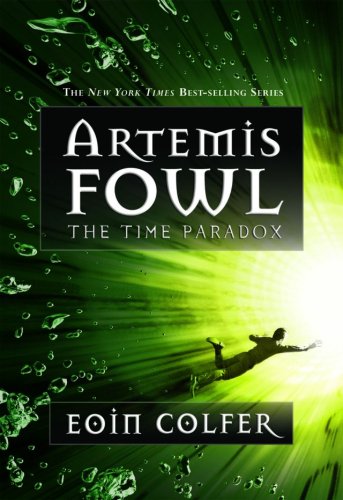












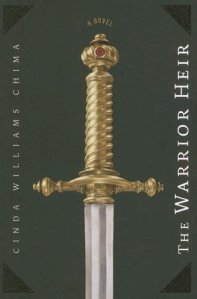


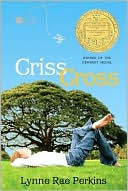
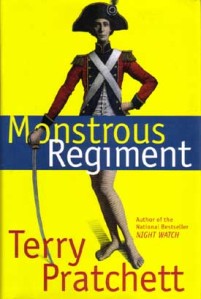 Monstrous Regiment by Terry Pratchett was originally published in 2003. It fits into the Fantasy genre and is recommended for adult readers.
Monstrous Regiment by Terry Pratchett was originally published in 2003. It fits into the Fantasy genre and is recommended for adult readers.

 Hattie Big Sky by Kirby Larson fits into the Juvenile Historical Fiction genre. It was first published in 2006 and is recommended for people age 12 and up.
Hattie Big Sky by Kirby Larson fits into the Juvenile Historical Fiction genre. It was first published in 2006 and is recommended for people age 12 and up. Extras by Scott Westerfeld fits into the Juvenile Science Fiction genre. It was first published in 2007 and is recommended for people age 14 and up.
Extras by Scott Westerfeld fits into the Juvenile Science Fiction genre. It was first published in 2007 and is recommended for people age 14 and up. Specials by Scott Westerfeld fits into the Juvenile Science Fiction genre. It was first published in 2006 and is recommended for people age 14 and up.
Specials by Scott Westerfeld fits into the Juvenile Science Fiction genre. It was first published in 2006 and is recommended for people age 14 and up. Pretties by Scott Westerfeld fits into the Juvenile Science Fiction genre. It was first published in 2005 and is recommended for people age 14 and up.
Pretties by Scott Westerfeld fits into the Juvenile Science Fiction genre. It was first published in 2005 and is recommended for people age 14 and up. The Outsiders by S. E. Hinton fits into the Juvenile Fiction genre. It was first published in 1967 and is recommended for people age 12 and up.
The Outsiders by S. E. Hinton fits into the Juvenile Fiction genre. It was first published in 1967 and is recommended for people age 12 and up. The Host by Stephenie Meyer
The Host by Stephenie Meyer Uglies by Scott Westerfeld
Uglies by Scott Westerfeld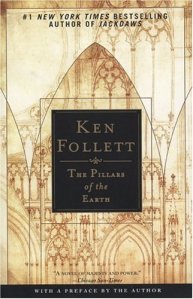 The Pillars of the Earth by Ken Follett
The Pillars of the Earth by Ken Follett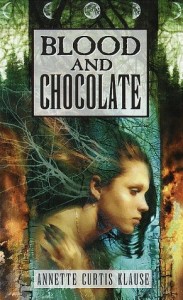 Blood and Chocolate by Annette Curtis Klause
Blood and Chocolate by Annette Curtis Klause Megan by Jack Weyland
Megan by Jack Weyland Camilla by Madeleine L’Engle
Camilla by Madeleine L’Engle And Both Were Young by Madeleine L’Engle
And Both Were Young by Madeleine L’Engle The Amber Spyglass by Philip Pullman
The Amber Spyglass by Philip Pullman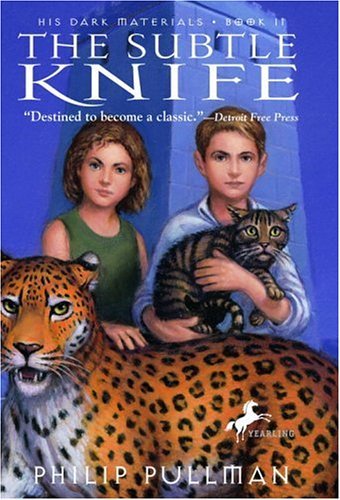 The Subtle Knife by Philip Pullman
The Subtle Knife by Philip Pullman The Golden Compass by Philip Pullman
The Golden Compass by Philip Pullman Eclipse by Stephenie Meyer
Eclipse by Stephenie Meyer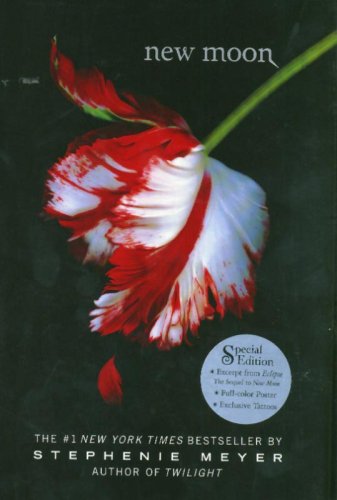 New Moon by Stephenie Meyer
New Moon by Stephenie Meyer Twilight by Stephenie Meyer
Twilight by Stephenie Meyer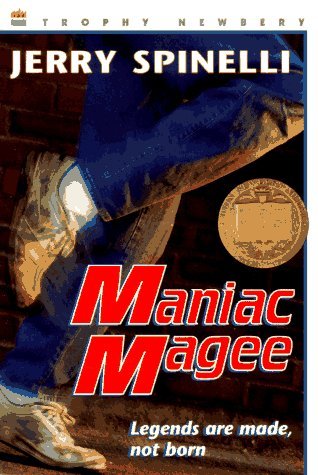 Maniac Magee by Jerry Spinelli
Maniac Magee by Jerry Spinelli